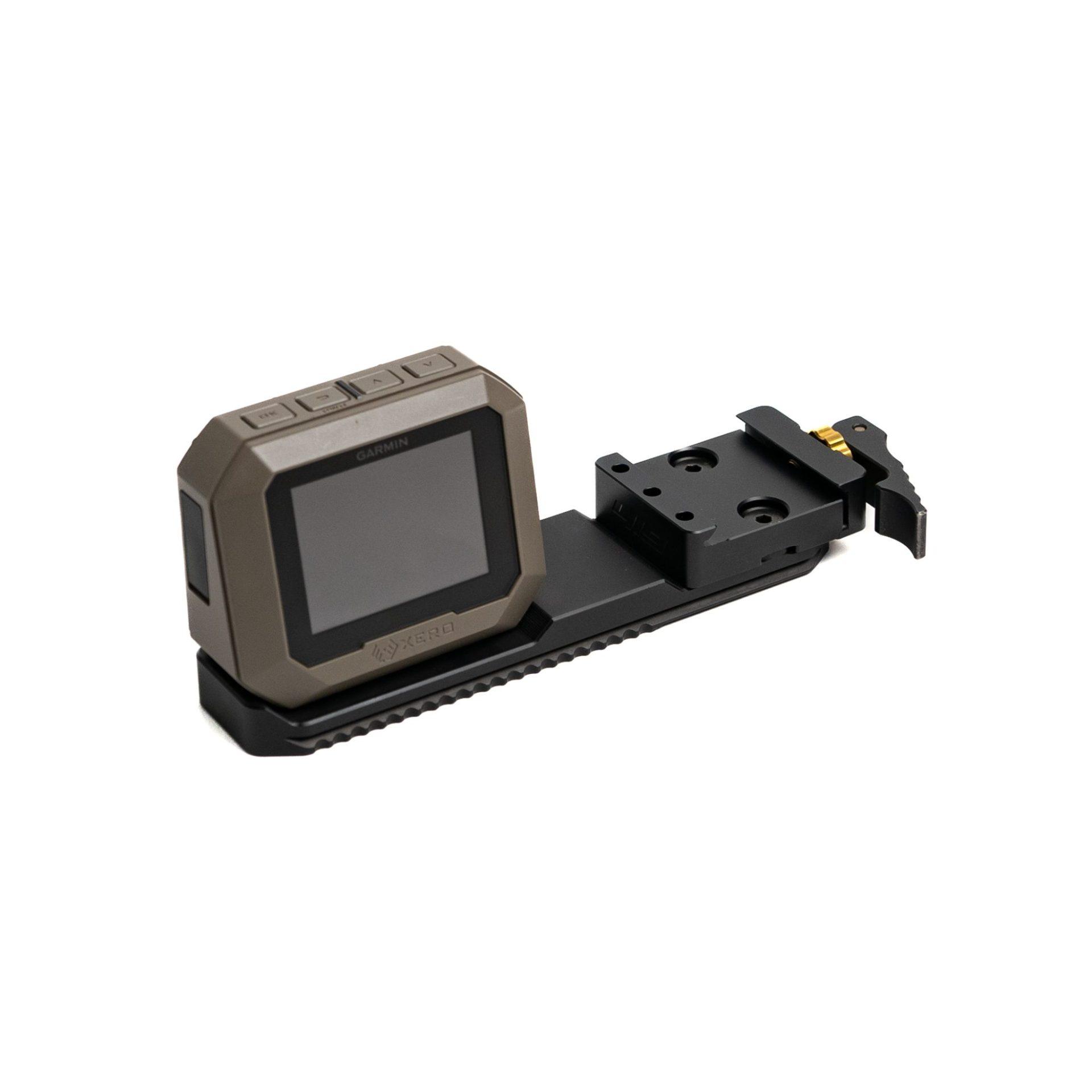Essentially all the N-1 denominator is doing is adding in variability. Just on a very basic logical level, if you're planning on using the data to decide to pick a recipe to make more ammo, then it's logical to conclude there will be more variations in your long term data. I think most anyone can agree that if you take a 5 round string, test it, then make 200 rounds....that 5 round string is most of the time going to have smaller numbers than 200. So, utilizing N-1 gives you a more realistic idea of what that variation is going to look like.
However, if you are testing all the ammo that will ever be made in a recipe, then you don't need to add in that variance. If you load 500 rounds and run them all over a chrono and will never make that ammo again, there's zero need to add in the -1.
I would challenge anyone on either side of the debate though. Show how using either P or S would be detrimental to your ammunition or loading.
I.E. give an example where shooter A always uses STDEV.P and shooter B always uses STDEV.S and give examples and data why either shooter A or shooter B would produce better ammo or perform better shooting.
That would be the ultimate way to prove either is "right" or "wrong." Show how one of the shooters would have a disadvantage to the other.

